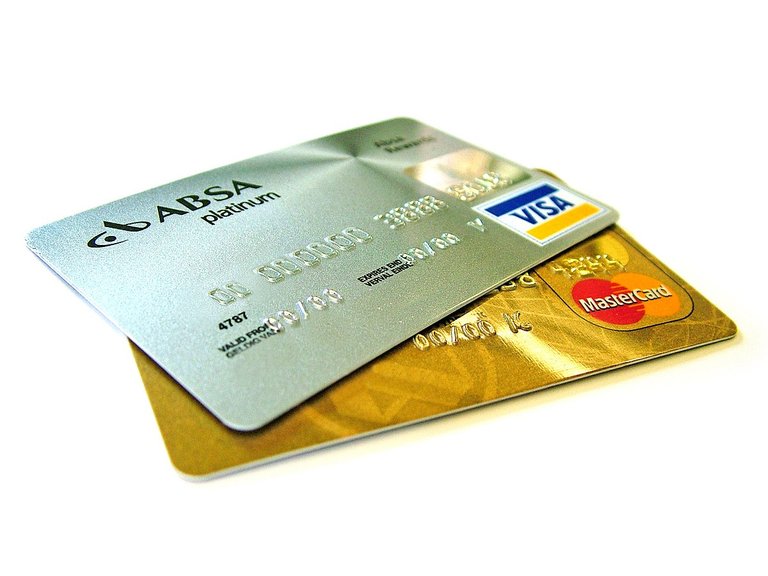Hello Steemians. It's been a while, and I have come back to share a good story of how to tread safely when trading on the Internet
In our modern era, Technology has indeed made the world a global village. It is more important to note that increasing number of users all over the world—including villages, can now transact business at ease right from their abode. However, as easing as that may seem, it comes with its bad sides—some bad guys may be lurking around the corners to hijack that promising online transactions, and hence impede on the happy progress.

Source: worthofweb.com
Many, then, have become speculative regarding whether to take advantage of the ease and efficiency that come with online transaction, or stay put in their comfort zones to avoid these bad guys.
In the view of this, this article has been scripted to guide those who have heightened interest in online transaction, yet are terrified of the complications involved. Here are a few things to consider before you engage in the next online trading.
1. Go with trusted brand

Source: iStockPhoto.com
Be curious to know what the reputation of the e-Commerce website you are buying from is. In countries where e-commerce is a boom, there will definitely be top websites offering such service, among which there will be those who have been consistent in their services; sell cheaper products; deliver to buyers on time and, above all, would have been reviewed by many of its users, for your preview.
2. Verify site’s security
HTTP (Hyper Text Transfer Protocol) was developed by Netscape in the Internet’s early days to encrypt data transferred on the internet, for privacy and protection. To enforce greater security, HTTPS was later invented. This method employs SSL (Secure Sockets Layer) technology which is safer to use for further encryption of information sent over the internet
When surfing the internet, you can verify which protocol is used by looking at the address bar of your browser. Some browser may add a padlock next to the address bar to indicate an https site. Next time you are embarking on that online transaction, be sure you get the https prefix.

3. Probe an incredible offer
While it’s true, as earlier stated, that popular and trusted e-Commerce site may want to sell their products at cheaper rates, it is not all e-Commerce with cheap products that are real. Some, with their purported cheap goods, may want to lure prospective buyers into promptly providing their secret card details when buying their goods, so they can steal these details; while others have some hacking apps prowling around, to be silently installed while transacting on their sites. So, while becoming optimistic buying the next online good, be careful to falling prey to these implausible offers.
.jpg)
4. DON’T use Public Wi-Fi!
Using public Wi-Fi is scintillating, considering the fact that you may not pay a dime using it, yet can do just about everything achievable on the internet. However, if it comes to placing orders on the internet, be wary of Public Wi-Fi. Public/Free Wi-Fis are not as secured. They are openly accessible by anyone, who may be waiting to hack information from whoever is vulnerable. So, next time you are in a café or a restaurant, or any other public place, and want make an online transaction, consider it wise to switch to your mobile data.
5. If possible, use Credit Cards instead of Debit Cards

Debit Cards (e.g. ATM cards) are directly linked to your bank account; credit cards are not. With a credit card, it’s like you’re borrowing money from a ‘checking account’, to be repaid later. Also, credit cards offer more security, when buying online. And credit cards have limit on how much can be spent online. Other platforms that work like credit cards are PayPal, Google Wallet etc. These platforms act like ‘middlemen’ to deliver your payment.
So, next time you are thinking of trading online, don't fret. You can safely apply these tips to ensure secure trading.